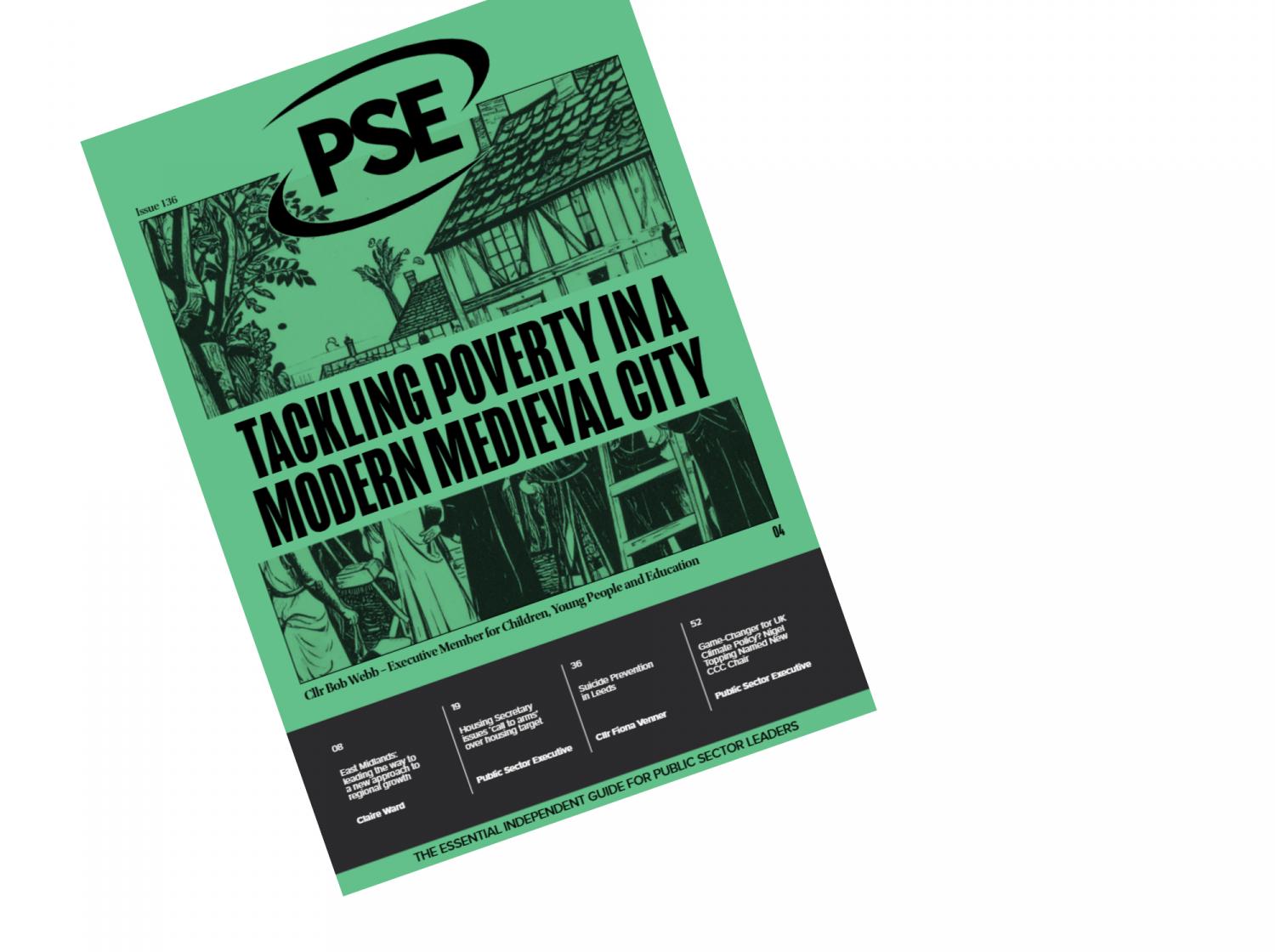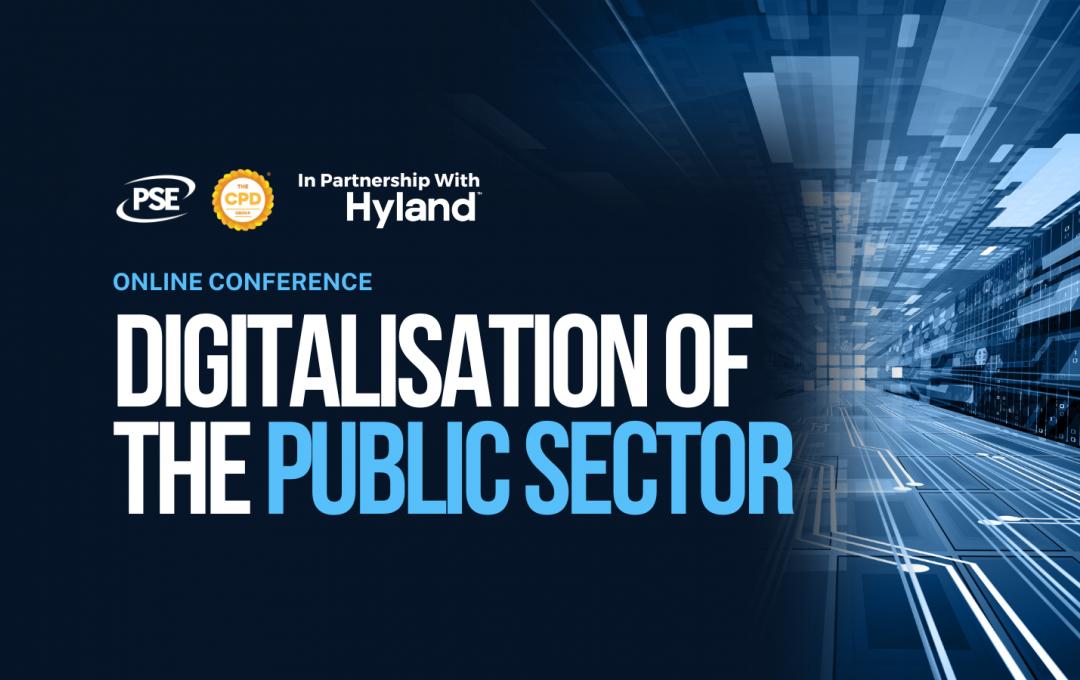Perhaps the most ambitious target set by this Government is to reduce carbon consumption to net zero by 2050. It’s barely comprehensible that, a generation from now, the public sector could be entirely carbon neutral.
The carbon net zero target requires a total decarbonisation of electricity, transport, buildings, industry, and the public sector, with interim targets and legislation to help us get there. A key milestone target - to achieve a 78% reduction by 2035 - was announced just this April.
Harnessing the power of UK businesses, boosting innovation, and capitalising on the economic growth potential provided by new green technology will all have a role to play in helping us to meet our target.
The public sector has to grasp the opportunity to lead by example and influence the behaviours of the citizens we serve across the UK to encourage this innovation and deliver real change as we build back greener.

Building your carbon net zero strategy - where to begin?
Designing a carbon net zero strategy from scratch is daunting. Wherever you’re up to on your journey, think about how you might tackle each of these five steps.
Step 1: Understand your footprint
First and foremost, you need to understand what your current carbon footprint is, based on the data already available. This will allow you to benchmark and measure success.
Consider this in three elements: ‘Scope 1’ emissions come from sources your organisation owns, ‘Scope 2’ emissions from your energy usage, and ‘Scope 3’ emissions from sources you don’t own or control, which are produced as a consequence of your organisation's actions. An example of this could be staff behaviour - how they commute, travel for business, or use energy when working remotely.
Use your existing data systems or any platforms that have been put in place by your providers to help you understand your carbon footprint. You can also go directly to your providers: for example, suppliers of energy, travel management, and outsourced fleet managers. They will usually be happy to help.
Step 2: Create your plan
Once you have your data, it will be easier to identify where you can have the biggest impact. There will be some stand out areas where you can make a change more easily and quickly; changing your energy tariff, switching to LED lighting, or moving your data to the cloud.
When developing your plan, ensure you have engaged all impacted stakeholders, whether they be internal sustainability, estates, planning and operational teams, or your service partners and other independent organisations such as Energy Savings Trust. Most important of all, make sure you consider the impact on your customers or service users.
At the start, it may feel overwhelming. Take one step at a time, and use the expertise available to help you. Your plan can be split into discrete phases of adoption, leaving room for you to learn and adapt over time.
Future proof as much as possible: consider if your vehicle charging infrastructure is likely to be able to meet future demands. Look at the sustainability of your building materials, and how your technology will age.
Allow time and space to understand the options available, and don’t be scared to try something new.
Step 3: Implement the changes
The key with this step is you don’t need to do everything on day one.
This is a tortoise and the hare scenario: slowly planning and implementing your changes will achieve better long term results. Rushing could cause other issues. It could cause people around you to resent the changes being made, or for key areas to be missed.
Slow and incremental changes can be more cost effective in the long term. That’s why setting out your plan and engaging with key stakeholders will give you a strong platform to start with.
Step 4: Review your impact
Have you achieved the benefits in carbon reduction you hoped for? Have you created problems elsewhere? As you deliver your plan, you may identify more areas for incremental change.
Take time to understand the impact your changes have had on your carbon footprint. Carbon net zero is a long journey, so make sure you acknowledge the progress you have made along the way and celebrate successes. Every positive change you make is helping to fight climate change. Where possible, share any lessons learned or best practice externally, to inform others’ activities.
Step 5: Look to the future
Like all good process improvements, your carbon net zero campaign should be a cycle of continuous improvement.
Go back and revisit your data, your goals and the art of the possible to ensure you are doing everything to help you achieve carbon neutrality.
All the changes you have made to this point can be revisited and reviewed to check there have been no additional advancements to allow you to improve further. Look at provisions for innovation in your contracts that can support upgrades and enhancements.
It is also time to engage with your organisation's key stakeholders to see if you have created an opportunity to update your business operations to further support your carbon net zero goals.
To learn more, visit the Crown Commercial Service Carbon Net Zero web page. If you have any questions, we are here to help – contact the team.
David Wharton and Andy Smith of the Crown Commercial Service join us at the PSE365 Decarbonisation virtual event on September 9, 2021. Register to join here.



















